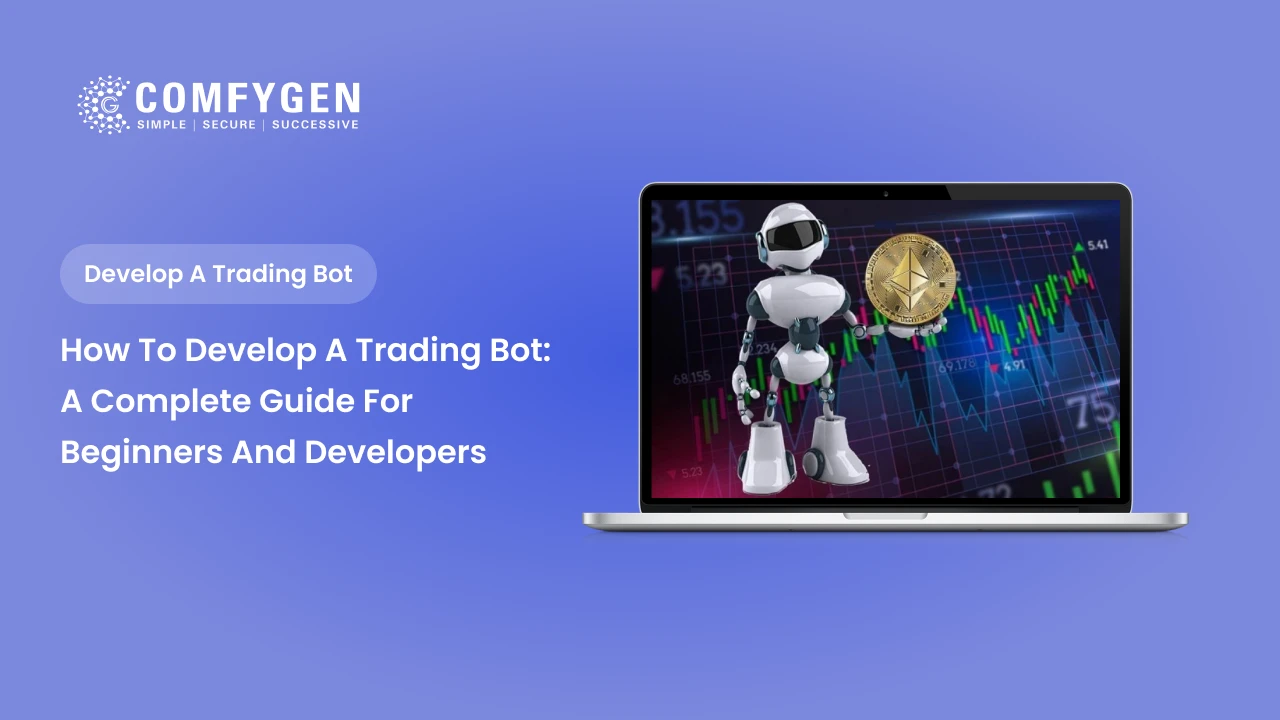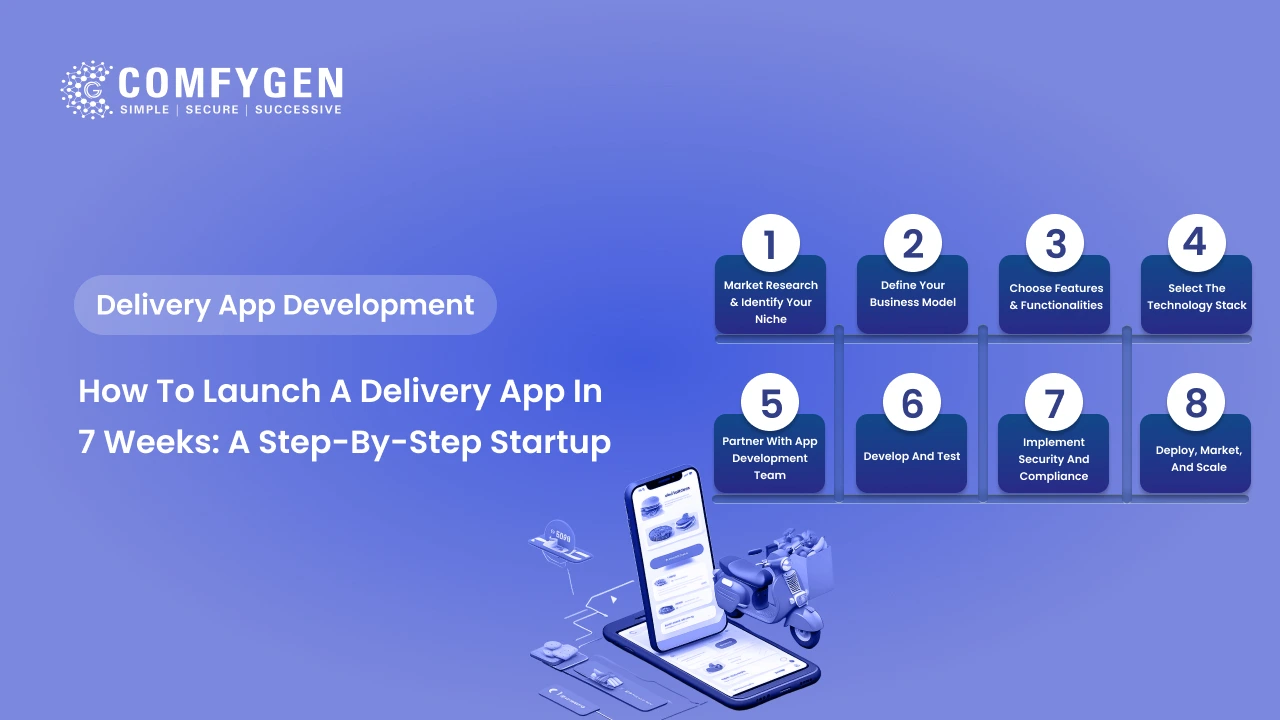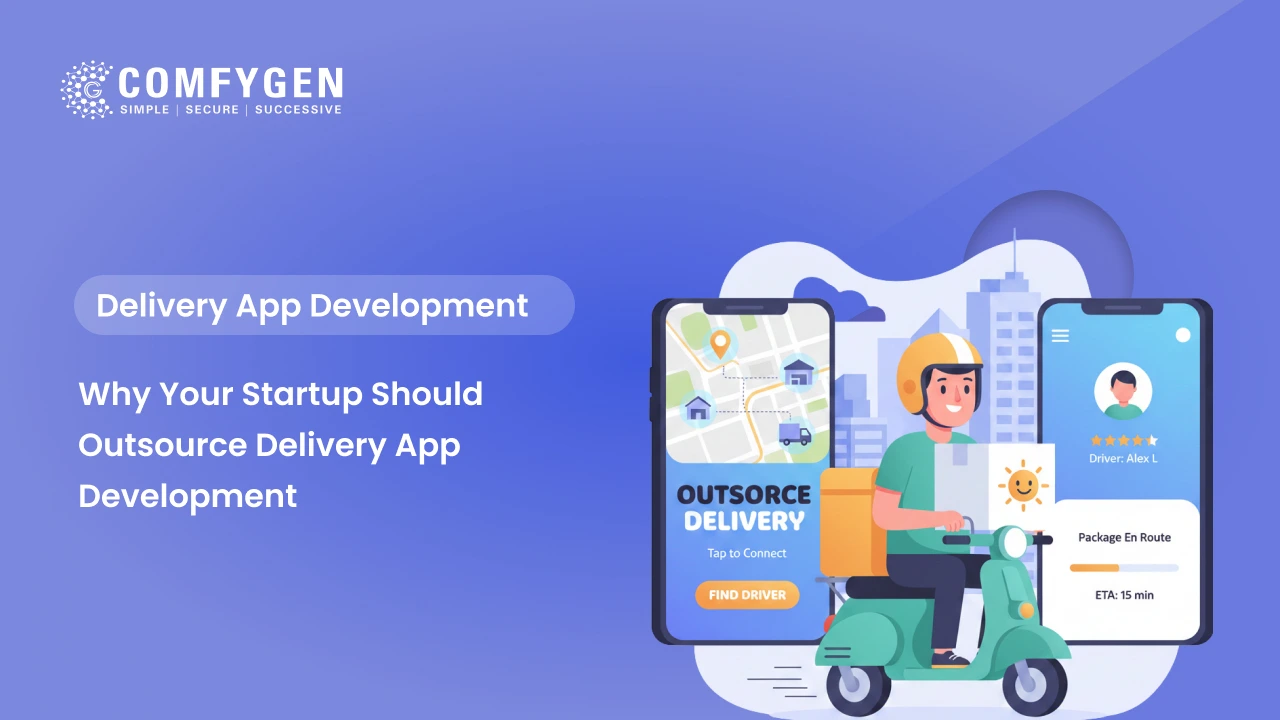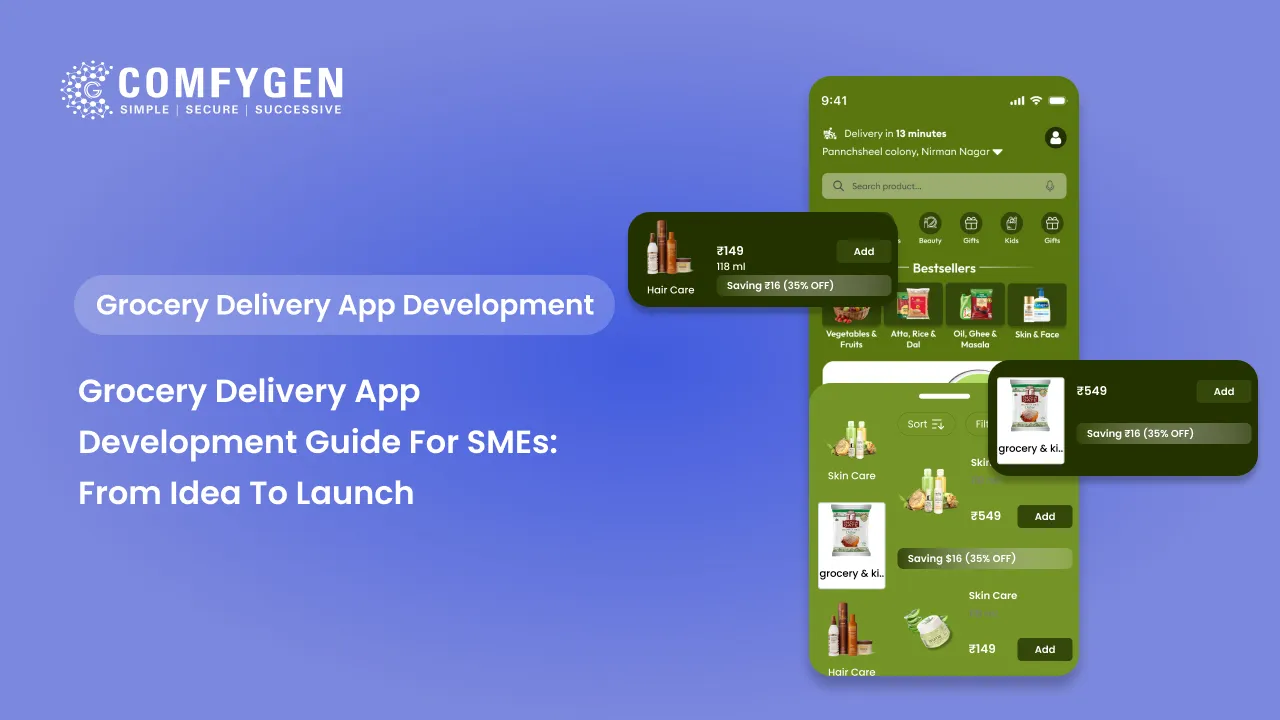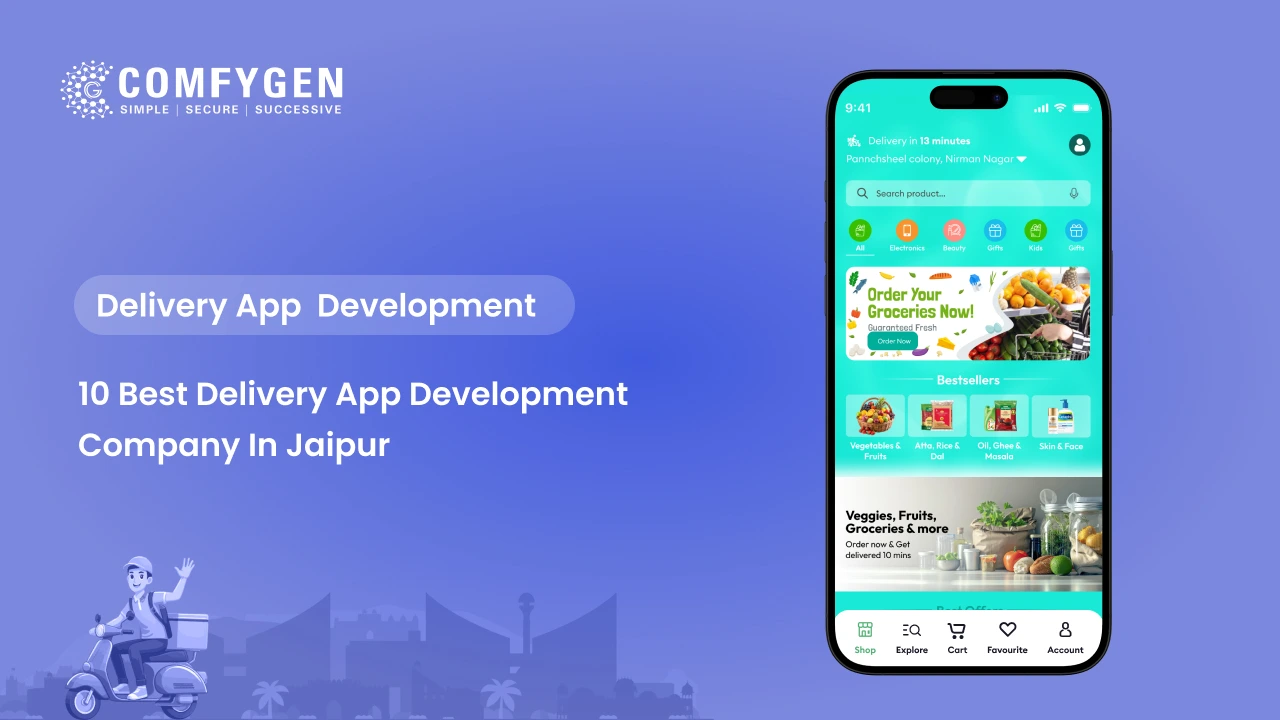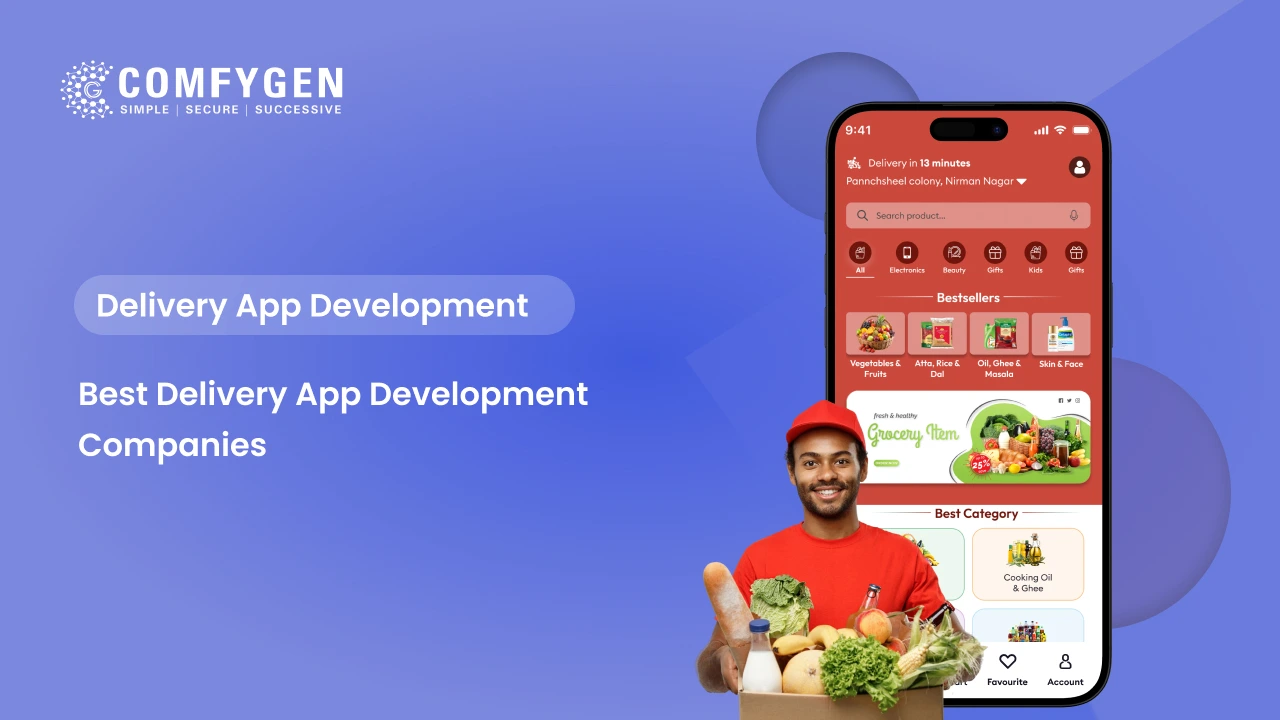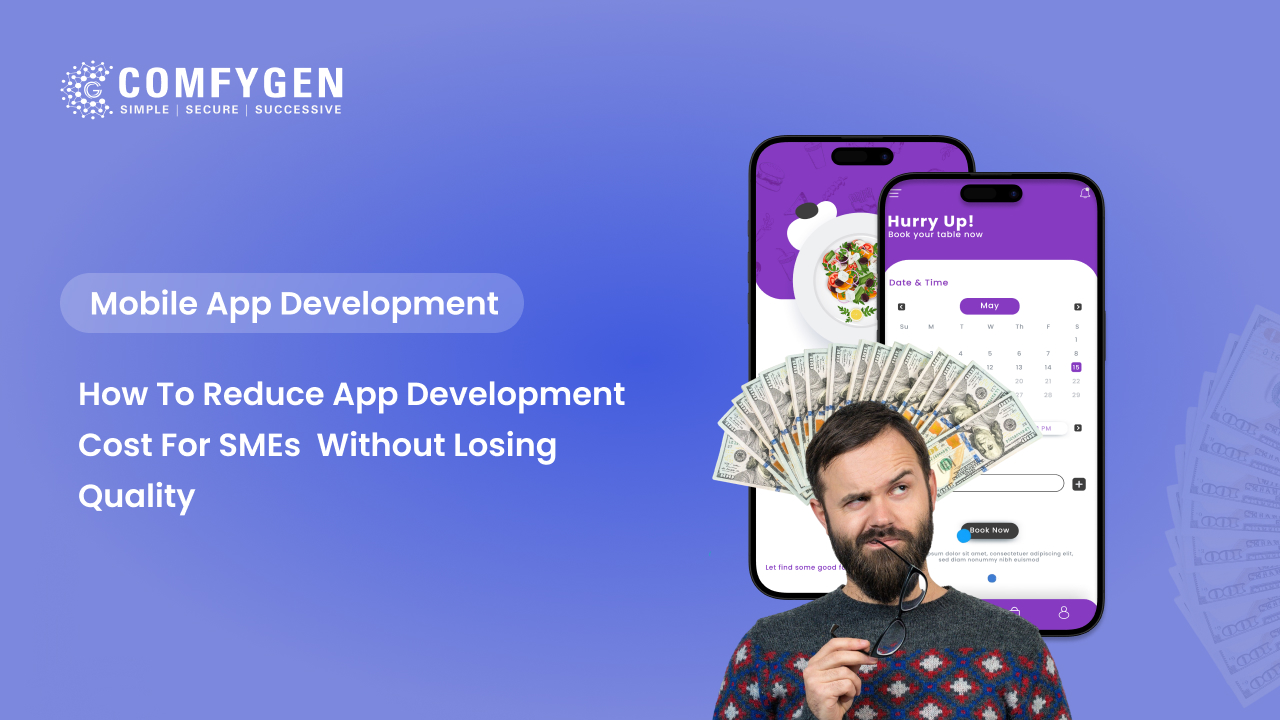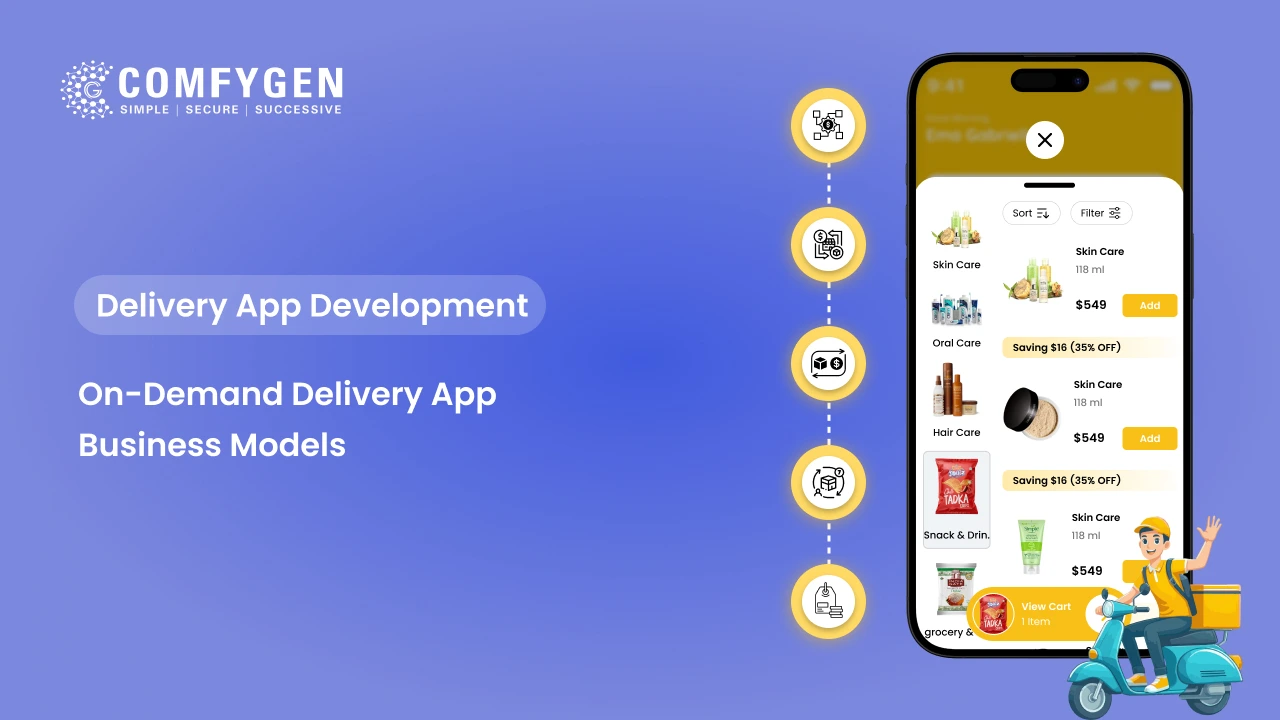How to Develop a Trading Bot: A Complete Guide for Beginners and Developers
In today’s fast-paced financial markets, automation is key. Whether you’re a beginner intrigued by algorithmic trading or a seasoned developer looking to enter fintech, learning how to develop a crypto trading bot can be a game changer. Trading bots can monitor market conditions, execute trades, and manage portfolios 24/7 — all without human intervention.
In this guide, we’ll walk you through everything from the basics of trading bots to how to build a trading bot, tech stacks, best practices, and common pitfalls to avoid.
What Is a Trading Bot?
A trading bot is a software program that connects to an exchange or brokerage platform via an API and automatically executes trades based on predefined logic. These bots can be programmed to follow strategies like scalping, arbitrage, trend following, or machine learning models.
Why Are Trading Bots Gaining Popularity?
-
24/7 Operation: Bots can trade continuously, even when you’re asleep.
-
Emotion-Free Trading: Bots remove emotional decision-making, reducing impulsive mistakes.
-
Speed & Efficiency: Execute trades faster than a human ever could.
-
Data-Driven: Capable of processing large volumes of data for informed trading decisions.
Types of Trading Bots
1. Arbitrage Bots
Arbitrage bots take advantage of price differences for the same asset across different platforms. For example, if Bitcoin is priced at $30,000 on Exchange A and $30,100 on Exchange B, the bot buys from A and sells on B.
2. Trend-Following Bots
These bots follow market momentum and enter trades in the direction of the current trend, often using indicators like Moving Averages or MACD.
3. Market-Making Bots
These bots place both buy and sell limit orders to profit from the bid-ask spread. They’re ideal for high-frequency trading on less volatile assets.
4. Technical Indicator Bots
They make trading decisions based on technical indicators such as RSI, Bollinger Bands, or Fibonacci levels.
5. AI/ML-Based Prediction Bots
Utilizing machine learning, these bots analyze historical and real-time data to make predictive trading decisions. They often improve over time with self-learning capabilities.
Step-by-Step Guide: How to Create a Trading Bot
1. Define Your Trading Strategy
Decide what kind of trader you want your bot to be. Will it scalp quick profits, follow long-term trends, or exploit arbitrage opportunities?
2. Choose the Right Market & Platform
Pick the market — crypto, forex, stocks — and choose a reliable platform like Binance, Coinbase Pro, or MetaTrader based on your trading goals.
3. Select a Programming Language
Most trading bots are built using:
| Category | Tools / Options | Description |
|---|---|---|
| Programming Languages | Python | Preferred for its simplicity, vast libraries, and community support. |
| JavaScript | Ideal for web-based bots and real-time interfaces. | |
| C++ / Java | Offers better performance but comes with added development complexity. | |
| APIs | Binance API | Popular for crypto trading bots. |
| Coinbase Pro API | Used for secure and regulated crypto trading. | |
| Alpaca API | Commission-free API for stock trading. | |
| MetaTrader API | Widely used for forex trading and technical strategy automation. | |
| Libraries & Frameworks | Pandas | For efficient data analysis and manipulation. |
| TA-Lib | Provides 150+ technical indicators for market analysis. | |
| ccxt | Unified API to connect with multiple crypto exchanges. | |
| Backtesting Tools | Backtrader | Powerful Python framework for backtesting strategies. |
| QuantConnect | Cloud-based backtesting and live trading platform. | |
| PyAlgoTrade | Event-driven backtesting library for algorithmic trading. |
These help simulate your bot’s strategy on historical data to assess performance.
4. Pick a Reliable Broker or Exchange API
Ensure the exchange provides robust, well-documented APIs with support for trading, account info, and market data.
5. Set Up a Trading Algorithm
Code the logic for:
-
Entry and exit points
-
Risk limits (stop loss/take profit)
-
Trade frequency
-
Order types (limit/market)
6. Implement Risk Management Rules
Include safeguards like:
-
Max trades per day
-
Capital allocation limits
-
Stop-loss and trailing-stop features
Best Practices in Trading Bot Development
Security & API Key Safety
Always store API keys securely. Use environment variables or encrypted vaults. Never hardcode them into your script.
Logging and Monitoring
Use logs to track trading activity. Implement real-time monitoring to detect unexpected behavior or losses.
Avoiding Overfitting During Backtesting
Overfitting happens when your bot performs well in backtests but fails in live markets. Use diverse data sets and avoid curve-fitting.
Regular Strategy Review
Markets evolve. Keep reviewing and updating your strategy based on live performance data and analytics.
Common Mistakes to Avoid in Trading Bot Development
Ignoring Slippage and Latency
In real-time markets, order execution might differ from simulated environments due to latency or price slippage. Account for these in your model.
Using Overfit Strategies on Historical Data
Backtests that look too good to be true usually are. Ensure your model generalizes well with unseen data.
Poor Error Handling & API Timeouts
Bots must gracefully handle API errors, disconnections, or rate limits without crashing.
Trading with Real Money Too Early
Always paper trade (simulate real trades without money) until the bot shows consistent performance.
Build a Trading Bot for Different Platforms
1. Desktop vs Cloud-based Trading Bots
-
Desktop Bots: More control but require constant power/internet.
-
Cloud Bots: Always online, scalable, and ideal for 24/7 trading.
2. Mobile App Integration
- Build companion mobile apps to monitor or control your trading bot on the go.
3. Bots for MetaTrader, TradingView
-
Use MQL4/MQL5 for MetaTrader.
-
Use TradingView Webhooks to trigger bot actions.
4. Multi-Exchange Arbitrage Trading Bots
- Aggregate APIs from multiple exchanges and trade price differences across them. Complex but potentially highly profitable.
Trading Bot Development Costs and Timeline
Breakdown of Costs
-
Development: $500 – $10,000+ depending on complexity
-
Hosting: $10 – $100/month (cloud/VPS)
-
Maintenance: Ongoing updates, API changes, bug fixes
How Long Does It Take to Build a Trading Bot?
-
Simple Bot: 1–2 weeks
-
Advanced AI Bot: 2–3 months
Freelancer vs In-House vs Development Agency
-
Freelancer: Cost-effective but may lack security
-
In-House: More control, requires hiring
-
Agency: Best for enterprise-grade, scalable solutions
Future Trends of Trading Bots Development
As the financial technology landscape evolves, trading bots are becoming increasingly sophisticated. Here’s a look at what the future holds:
1. AI-Driven Decision Making
The integration of artificial intelligence and deep learning will allow bots to adapt to market behavior, news sentiment, and global events in real time. This means better prediction accuracy and smarter trade execution.
2. Natural Language Processing (NLP)
Future bots may scan headlines, earnings reports, or even social media platforms like Twitter or Reddit using NLP to gauge public sentiment and make data-informed decisions.
3. Decentralized Finance (DeFi) Bots
With the rise of decentralized exchanges and blockchain-based finance, bots will increasingly operate in the DeFi space. These bots can automate yield farming, arbitrage between DEXs, and manage liquidity pools.
4. Voice-Controlled and No-Code Bots
As usability improves, we’re likely to see no-code platforms and even voice assistants that let users deploy or tweak bots without writing a single line of code.
5. Hyper-Personalized Bots
Machine learning models could adapt not just to the market, but to each individual trader’s risk profile, style, and goals—providing a highly personalized trading assistant.
6. Improved Regulation and Compliance Integration
With governments catching up to algorithmic trading, future bots will need built-in compliance layers that automatically adjust to regional laws and trading regulations.
Is Trading Bot Development Right for You?
Trading bot development isn’t just for hedge funds or financial institutions anymore. With the right tools, strategy, and security, even beginners can explore algorithmic trading.
Need help building a trading bot? Our team of experienced developers at Comfygen Technologies can help you bring your idea to life with secure, scalable, and profitable solutions.
Let’s talk about your project today!

Mr. Saddam Husen, (CTO)
Mr. Saddam Husen, CTO at Comfygen, is a renowned Blockchain expert and IT consultant with extensive experience in blockchain development, crypto wallets, DeFi, ICOs, and smart contracts. Passionate about digital transformation, he helps businesses harness blockchain technology’s potential, driving innovation and enhancing IT infrastructure for global success.

